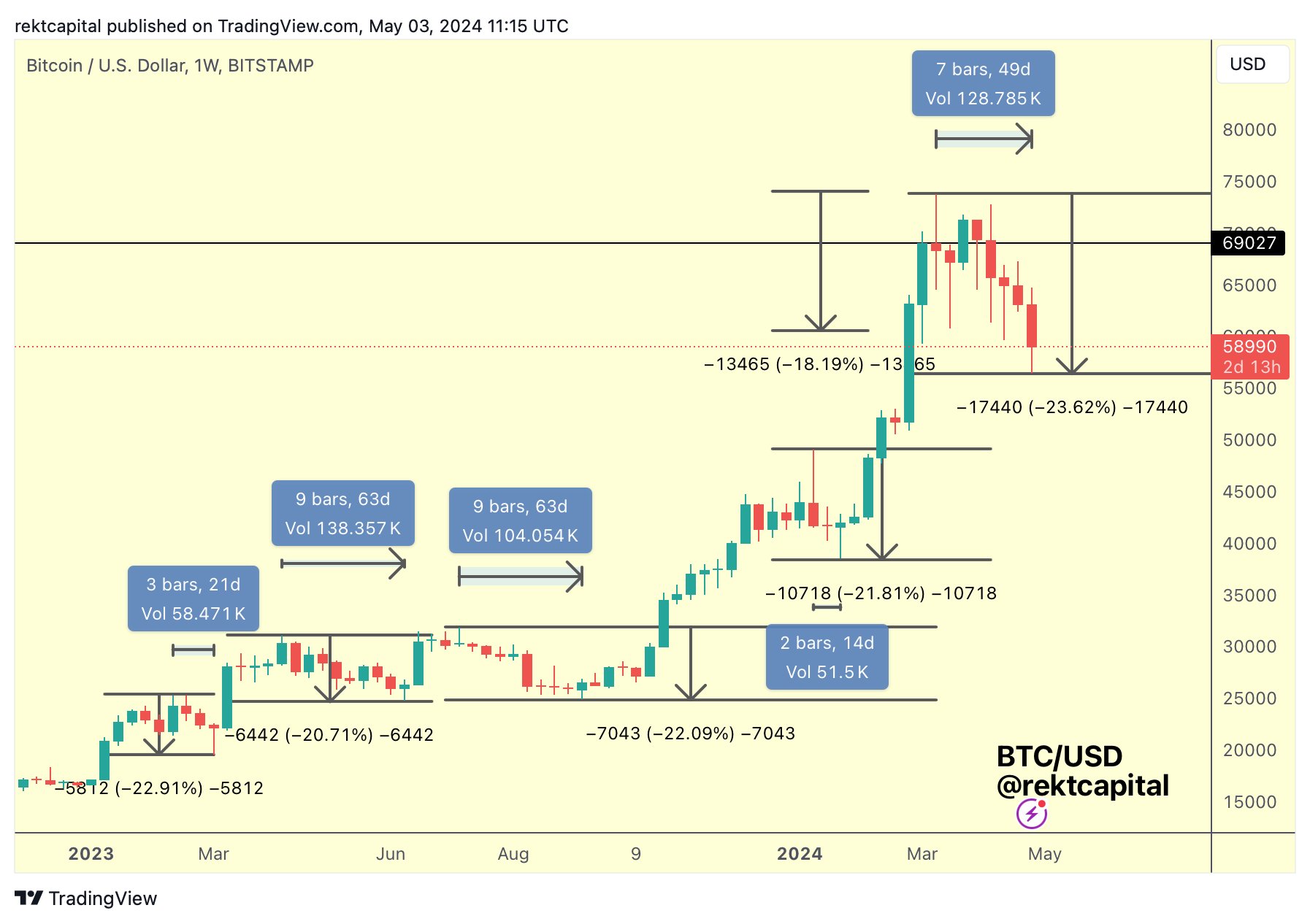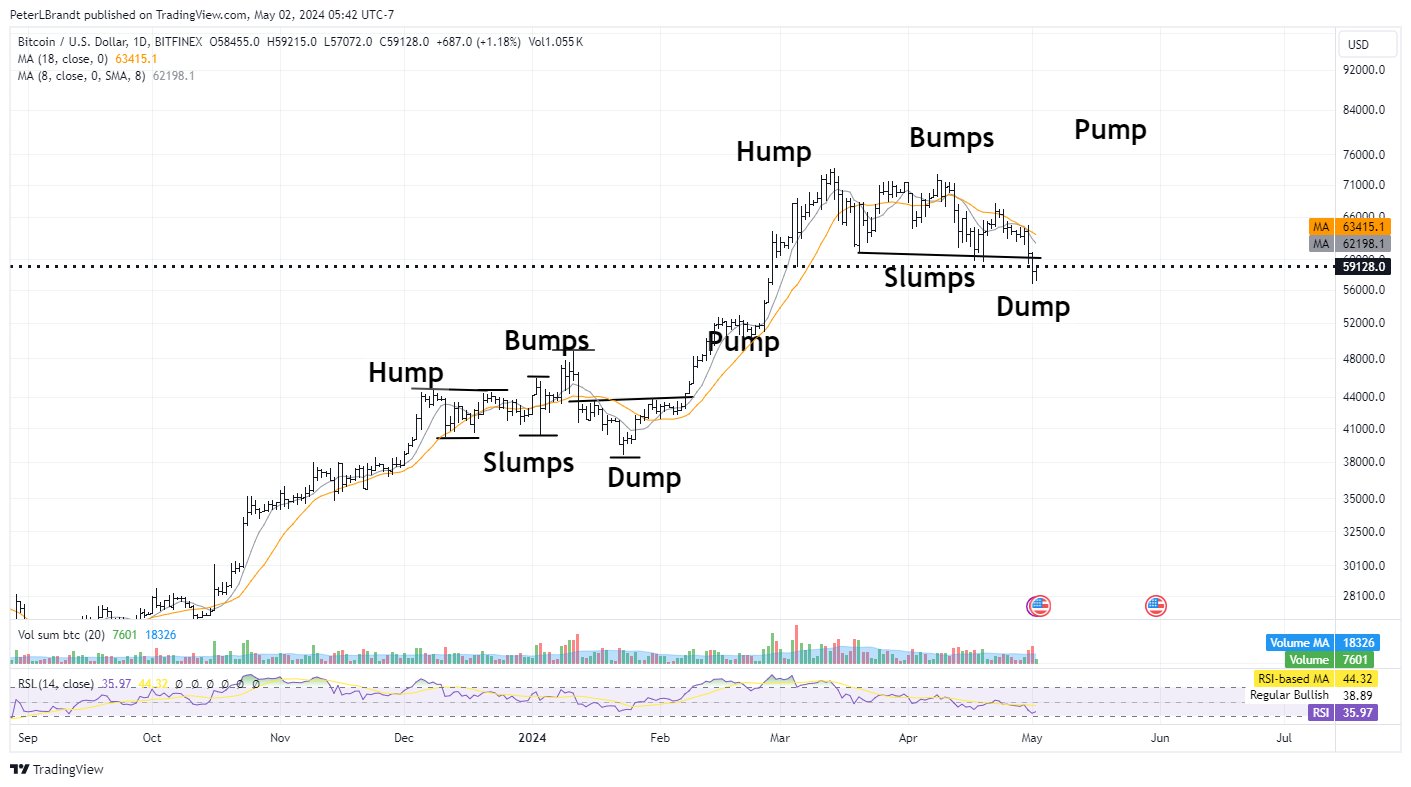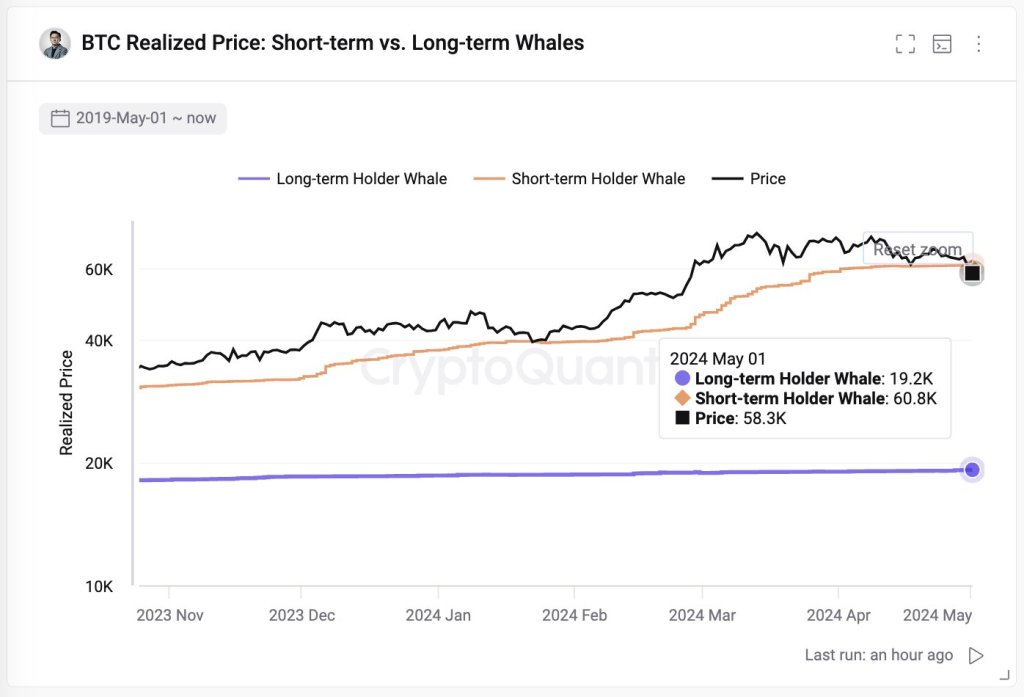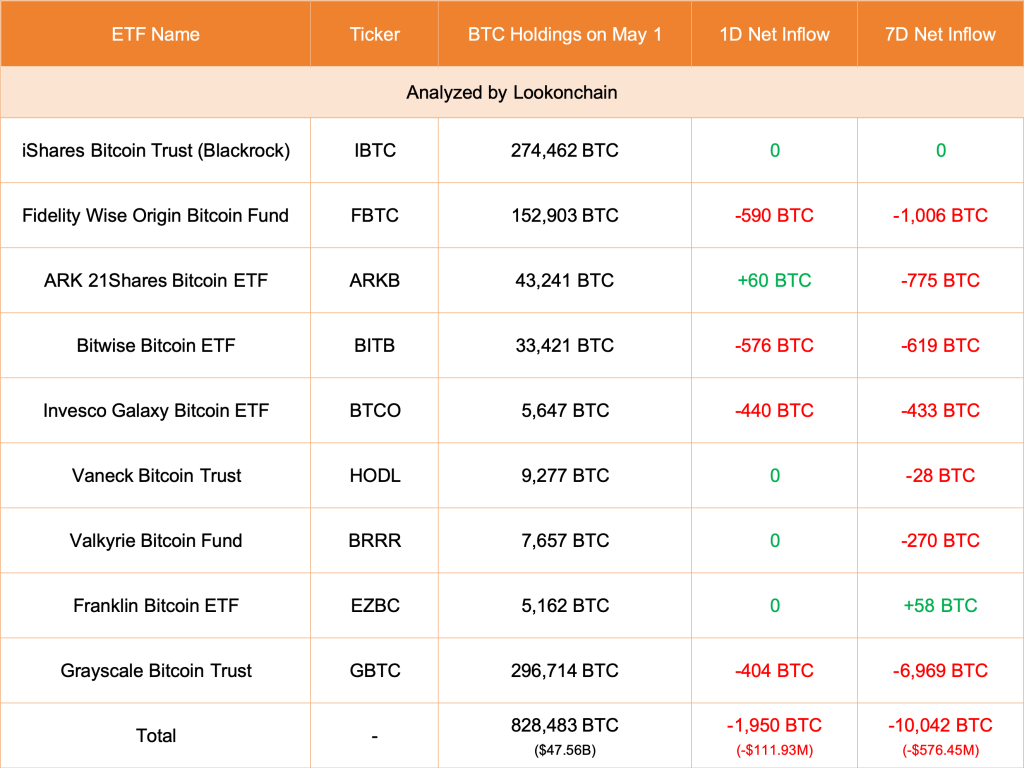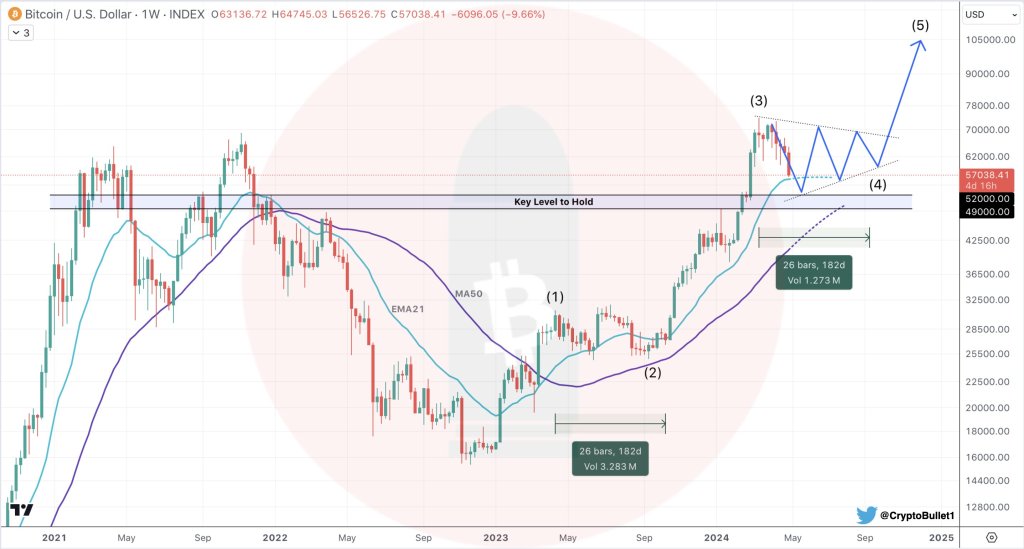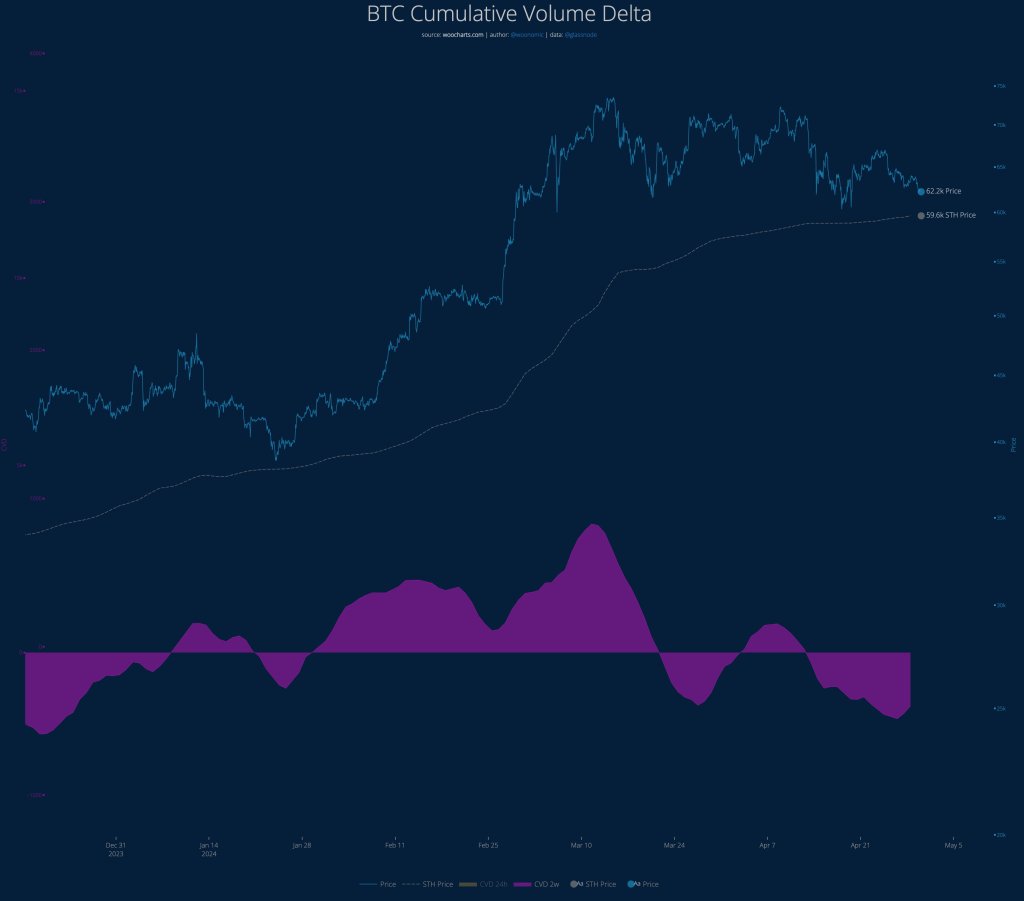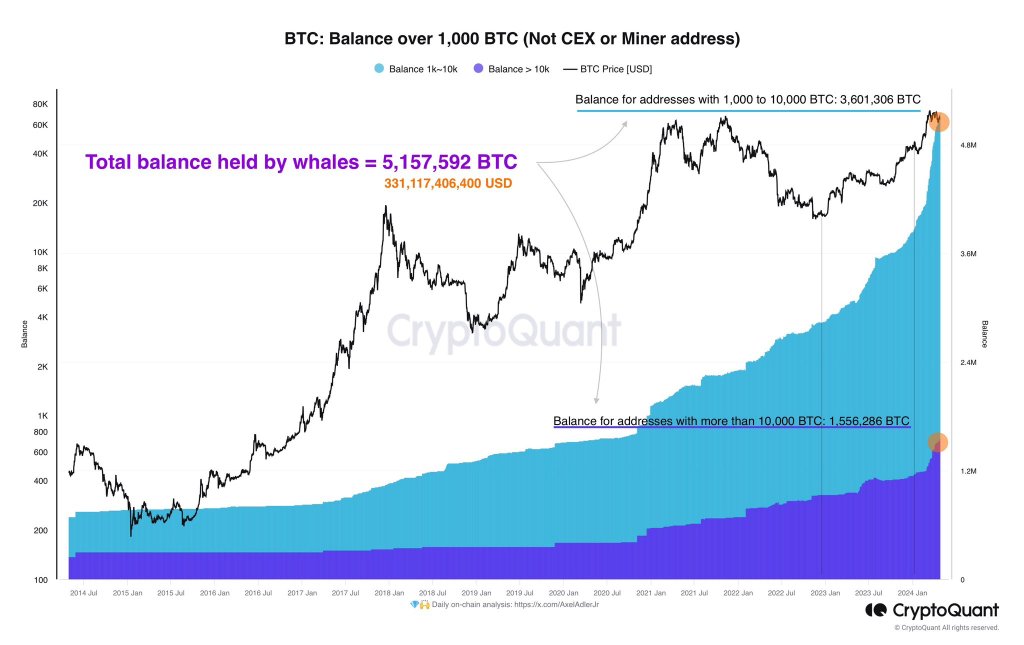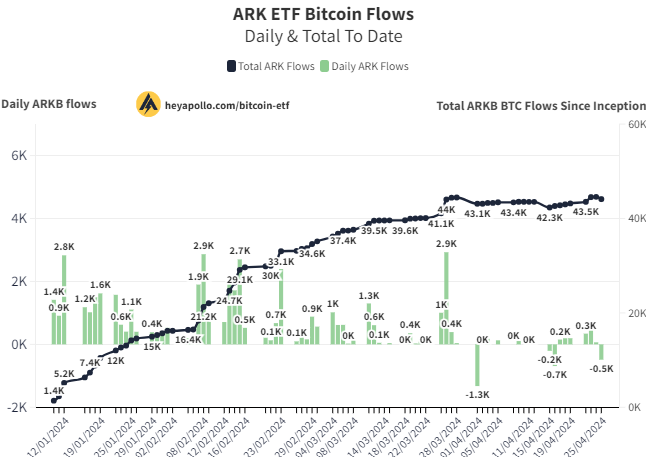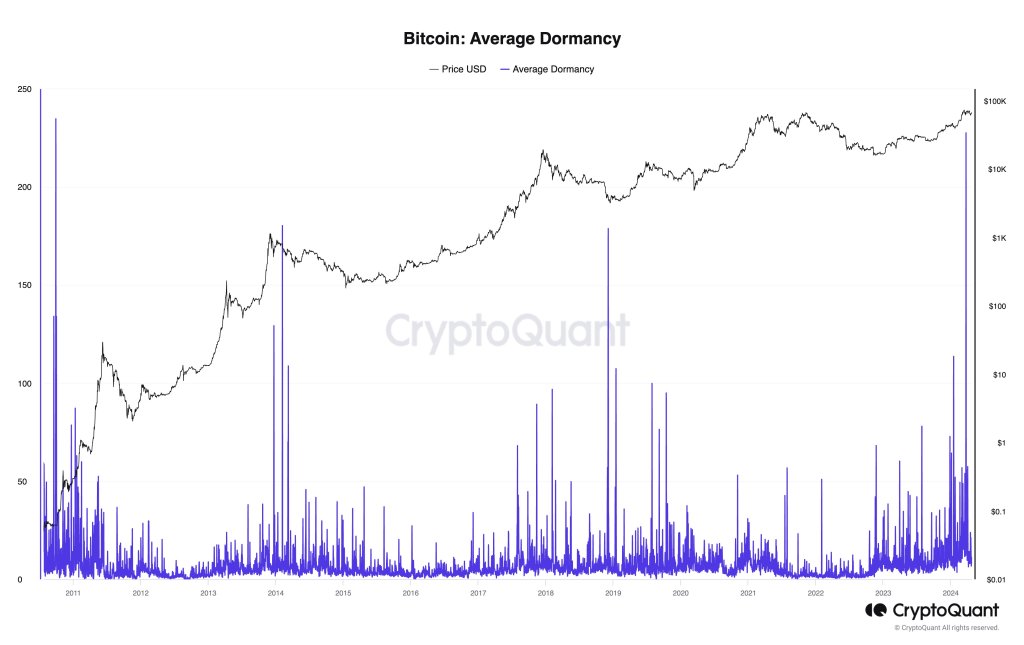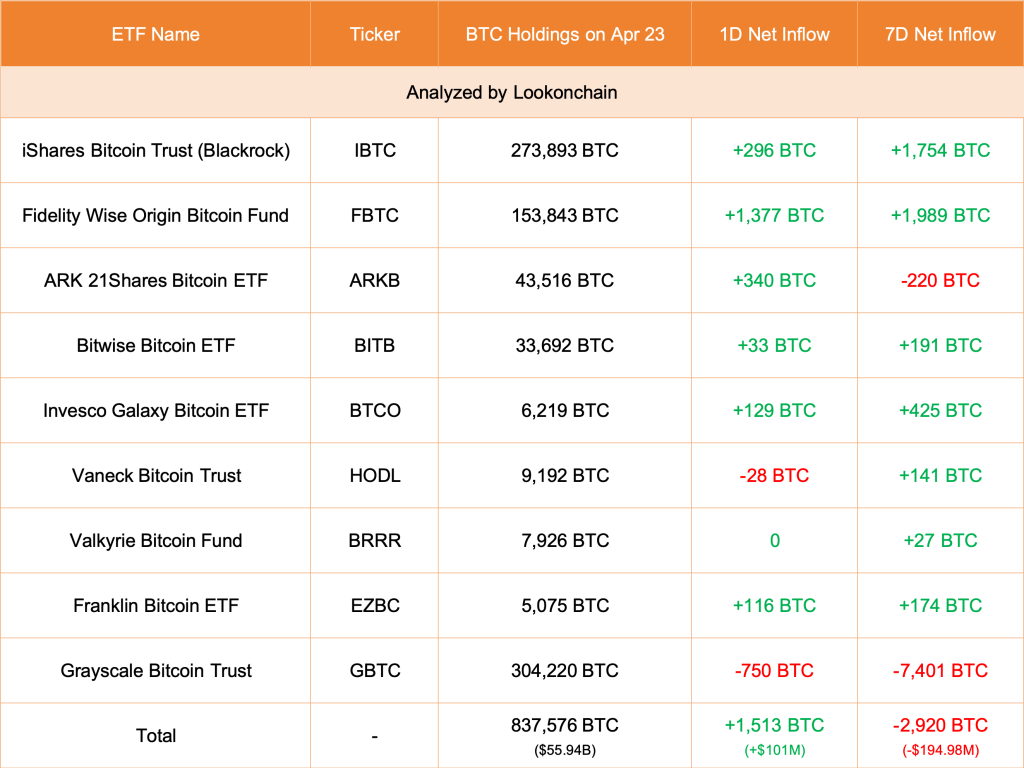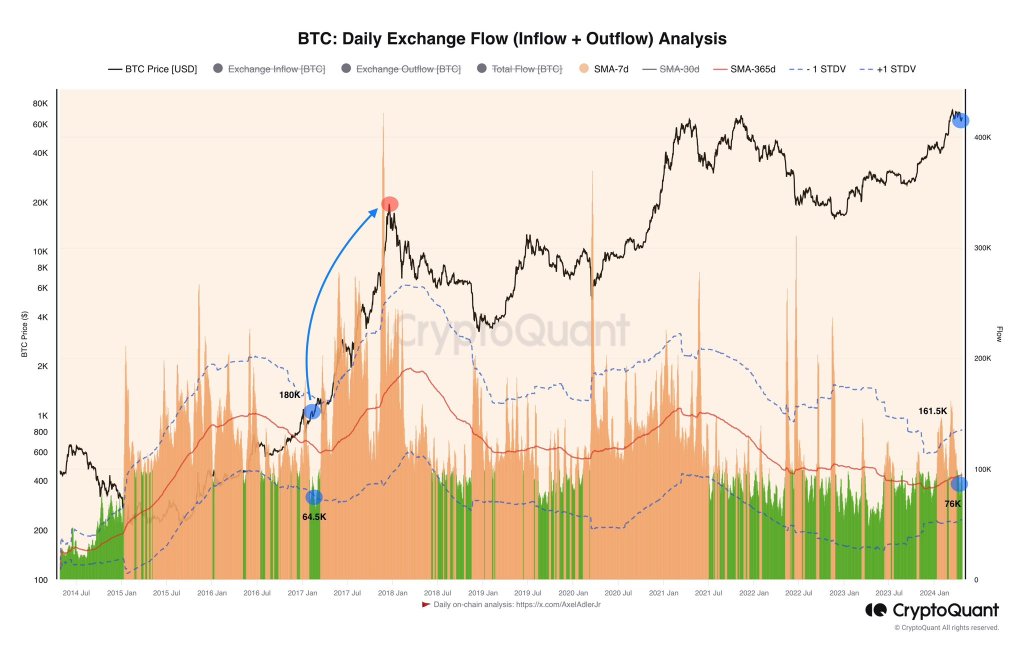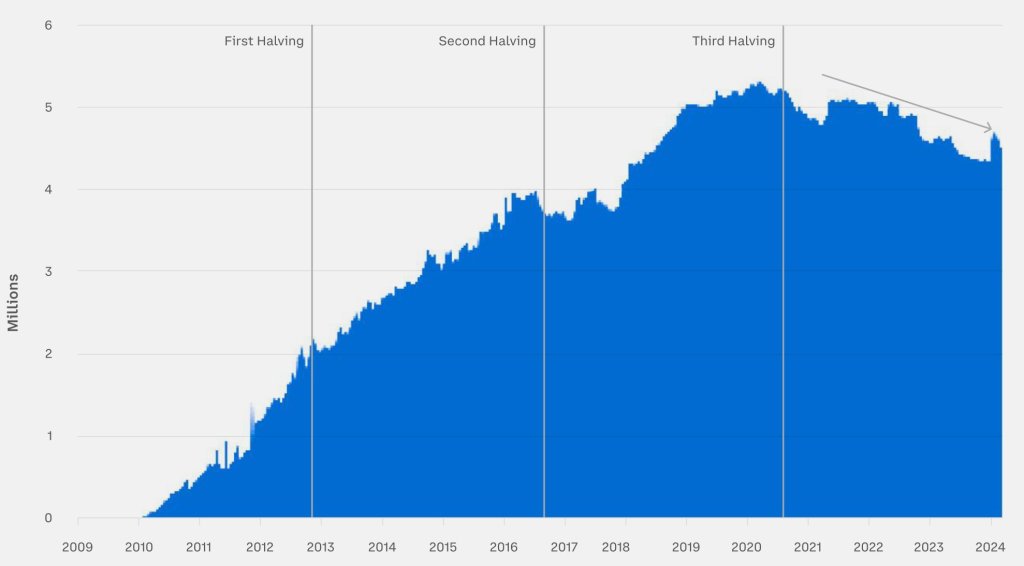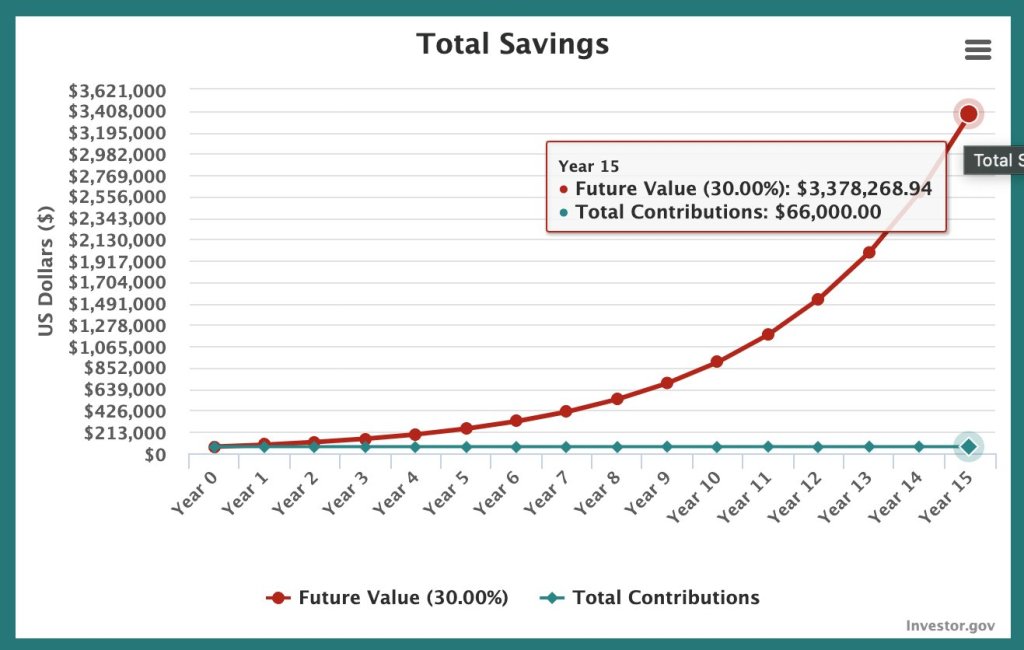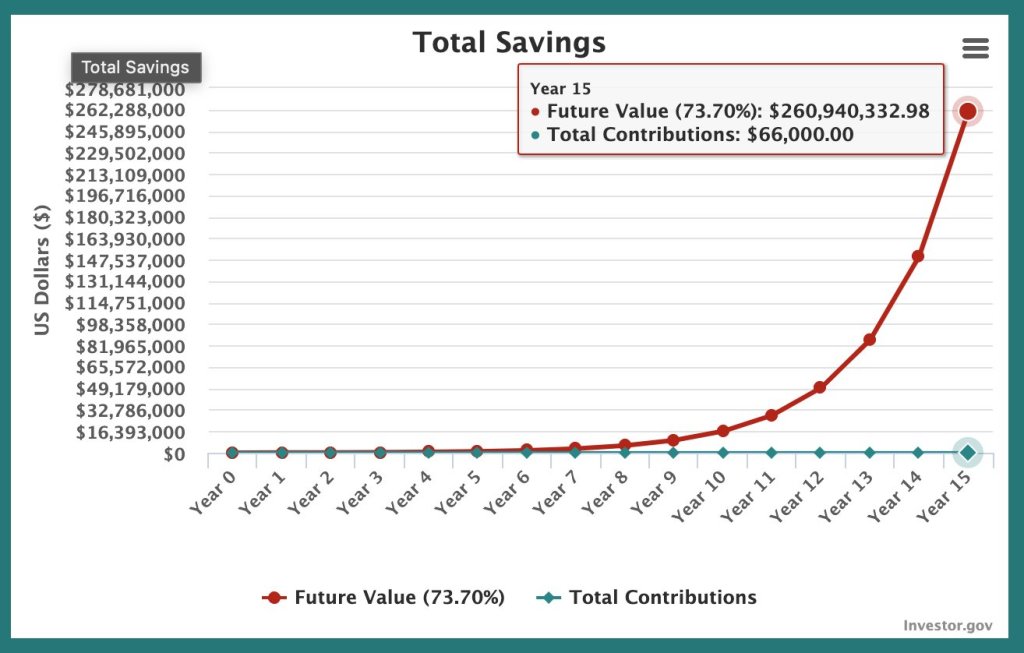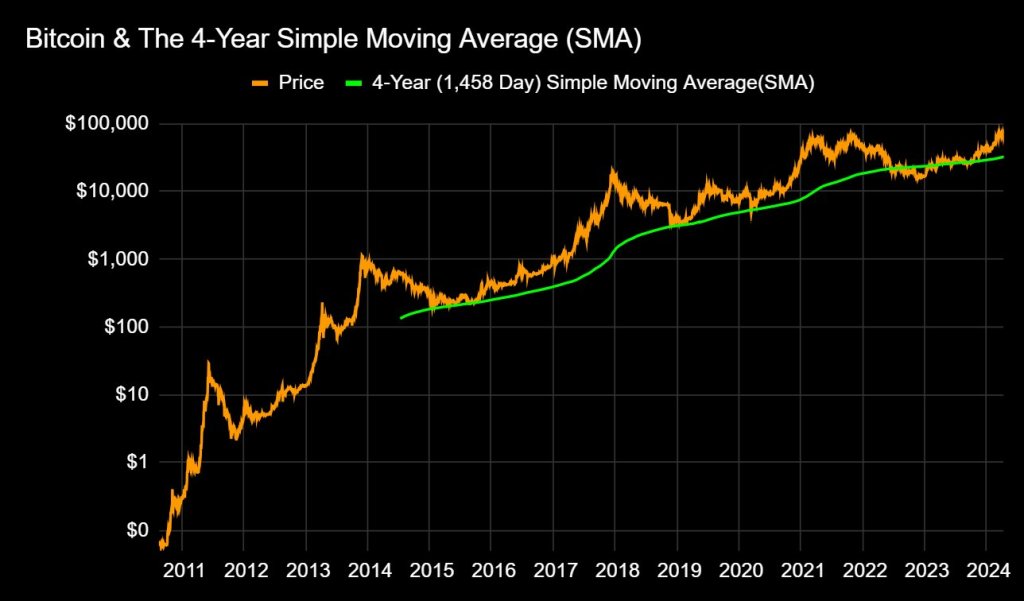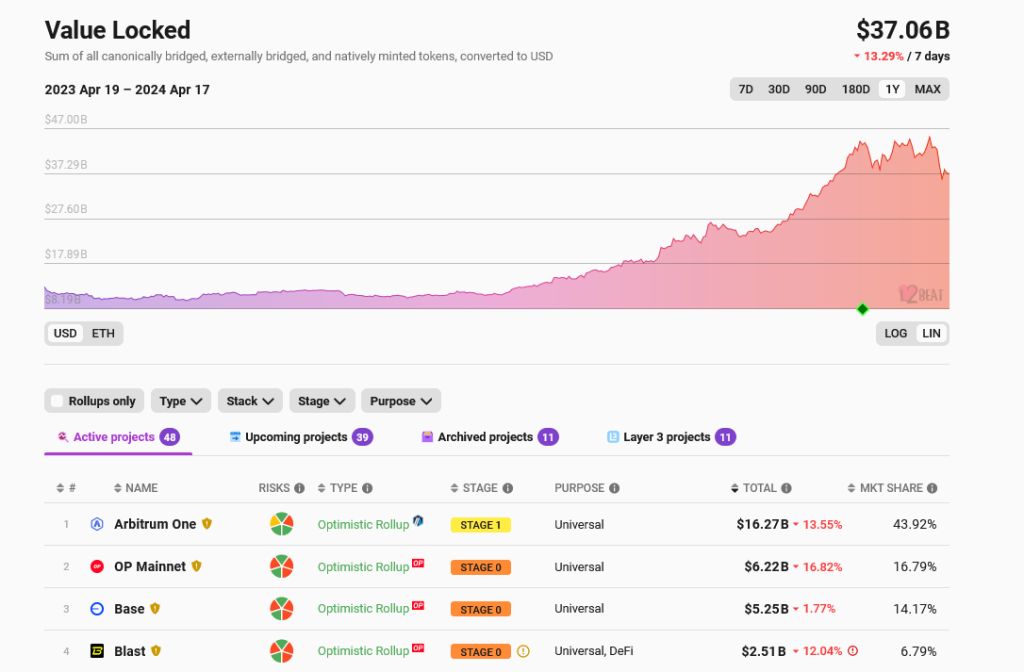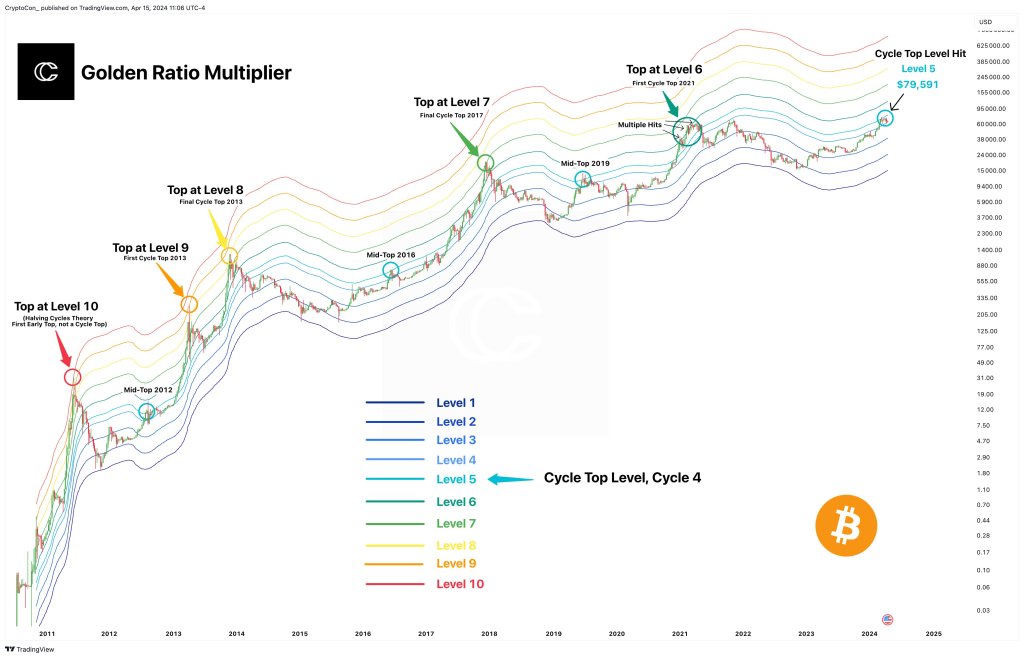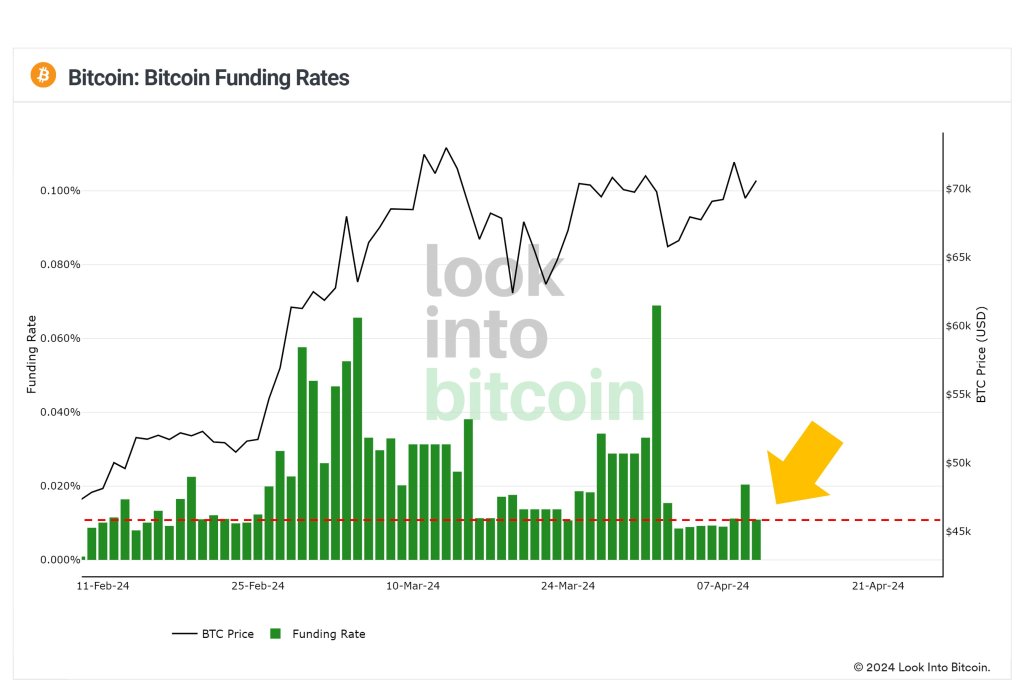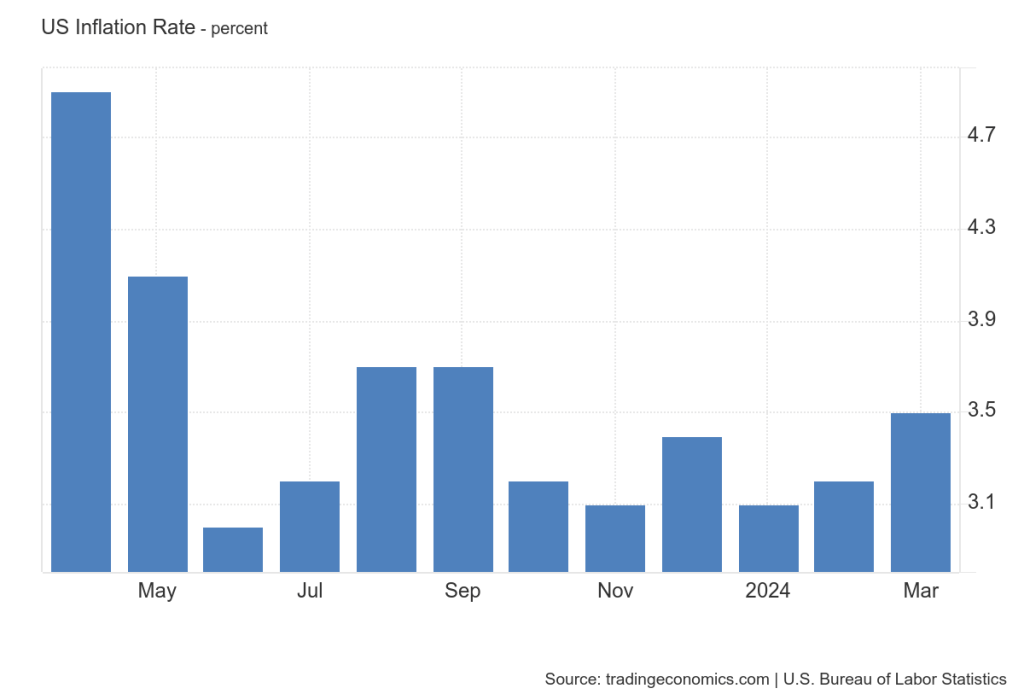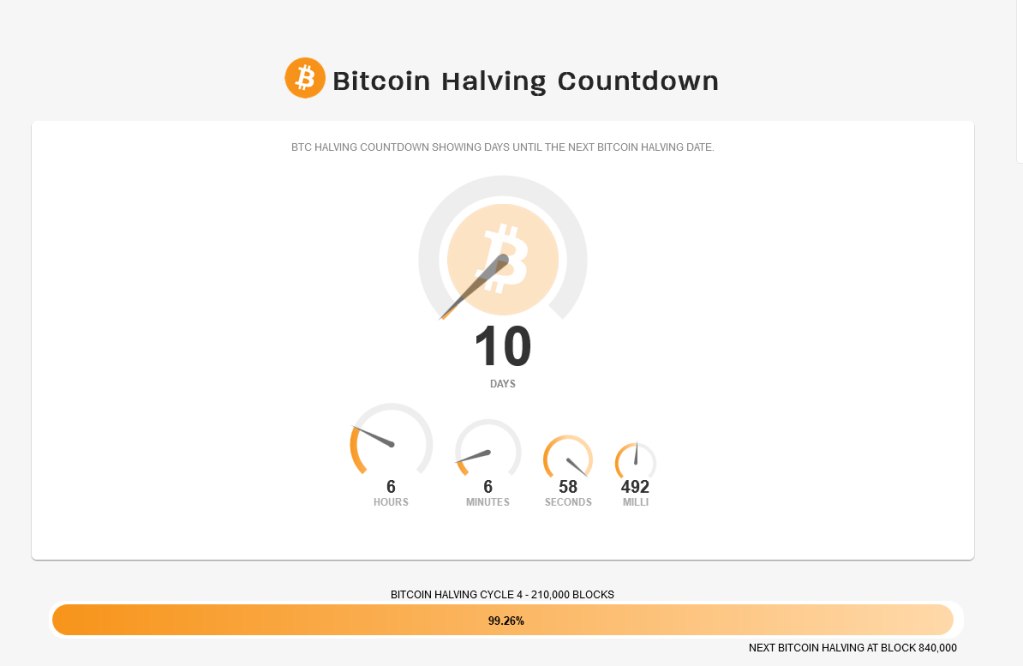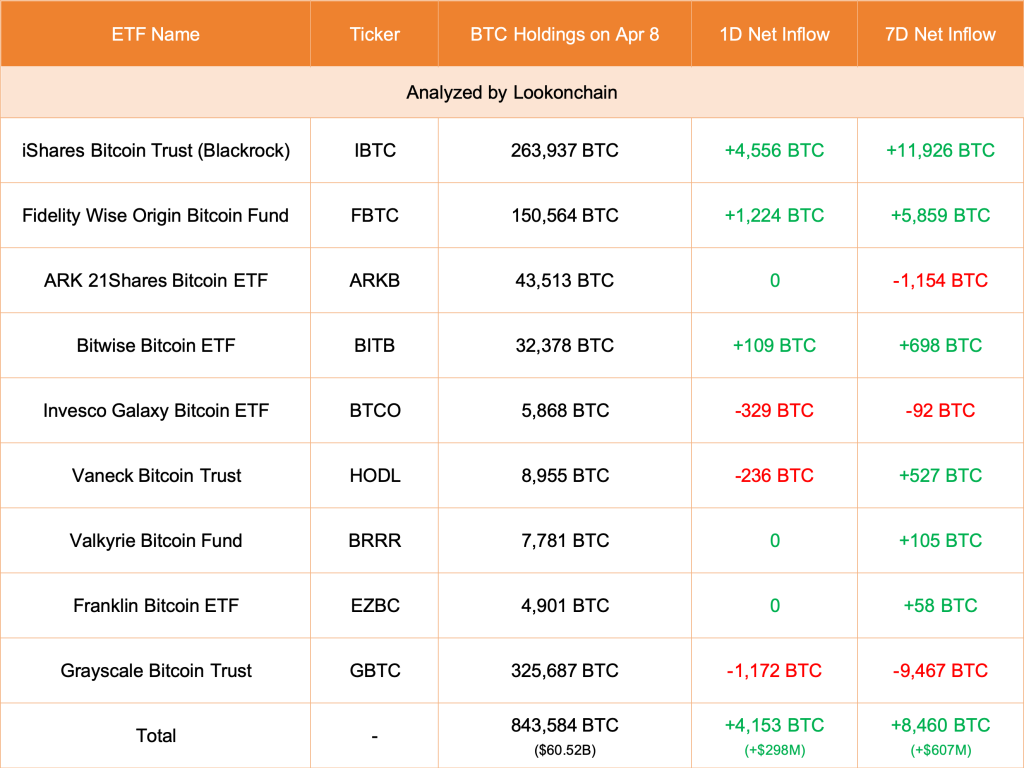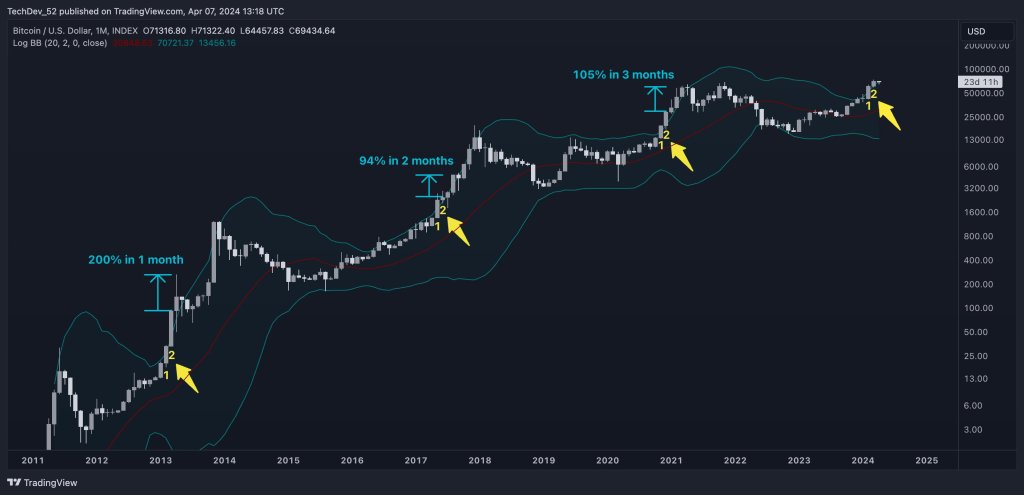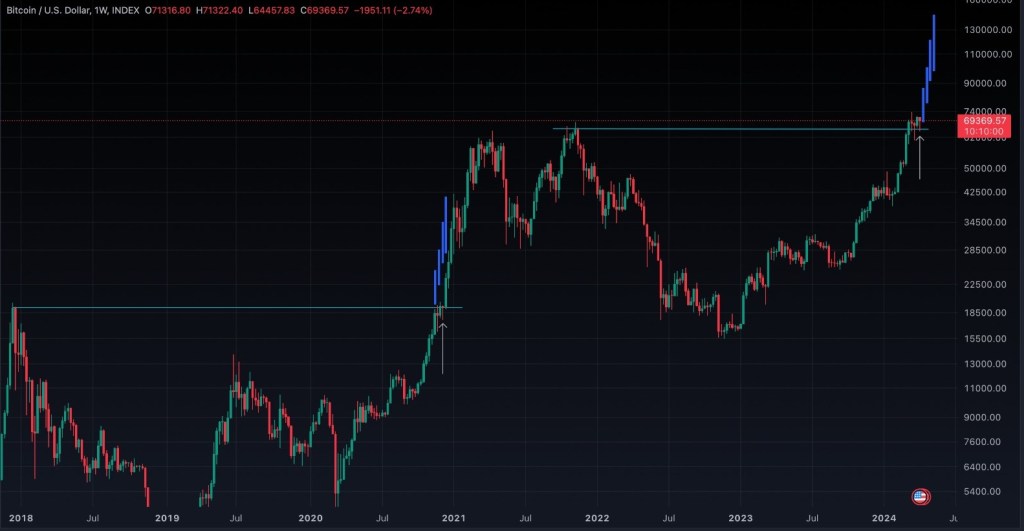The Polkadot community has approved a proposal to sponsor Inter Miami, the football club co-owned by David Beckham and featuring superstar Lionel Messi. The move could be a strategic decision to propel Polkadot, a smart contracts platform similar to Ethereum, into the global spotlight.
Polkadot To Sponsor Inter Miami
The proposal, approved by Polkadot’s Open Gov community, sought 968,000 DOT (roughly $6.5 million) to secure the sponsorship. Under the “sports sponsorship fund,” the goal was to partner with Inter Miami, a team described as one of the “world’s most engaging and followed sports teams.”
While the goal is to “elevate” Polkadot’s global brand visibility, the plan is to develop other deeper integration, leveraging Inter Miami’s global fanbase.
For instance, the team plans to enhance user experience through engaging non-fungible tokens (NFTs) and other gamified experiences deployed on Polkadot’s parachains. Additionally, the team plans to explore how Polkadot-based solutions can be implemented at Inter Miami, resulting in greater efficiency and improved fan engagement initiatives.
While the potential deal’s specifics are confidential, the proposal emphasizes transparency. Accordingly, funds will be held in a multi-signature wallet, accessible only with community approval. Moreover, ORSEN SA, a Swiss sports marketing agency, will manage the partnership rights.
Polkadot’s Plans to Scale
As Polkadot enhances its global visibility, developers are also working on activating a key update: “Asynchronous Backing.” Last year, Sophia Gold, the Engineering Lead at Parity Technologies, said the technology would be a game changer.
Asynchronous Backing will allow Polkadot to scale the number of Parachains from 100 to 1,000 by the end of the year. The network will boost its transaction processing capacity, with Polkadot supporting more “independent blockchains” via Parachains.
Furthermore, improvements via techniques like “pipelining” will permit multiple parachains to process data simultaneously, halving transaction confirmation times.
Though Polkadot continues to enhance its network and strike more deals, DOT prices remain under pressure. At spot rates, DOT is down 40% from 2024 highs. While CoinMarketCap data shows that the coin has risen 14% in the last week, the failure of bulls to break above $7.5 is a concern.
Technically, a high volume lifting the coin above this local liquidation level would pave the road for an expansion toward $9 and March 2024 high in the coming sessions.
